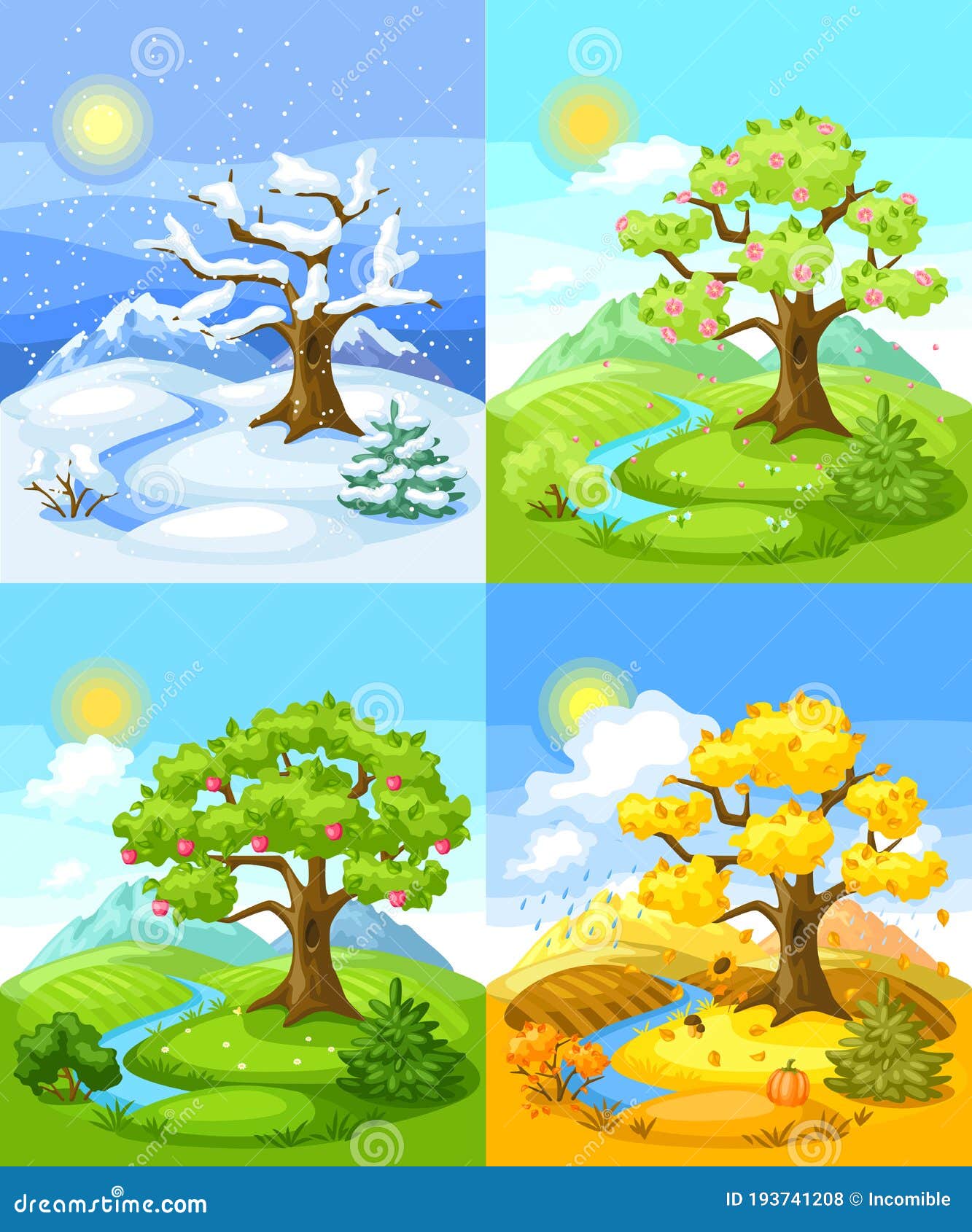

Daytime at the poles lasts for half the year.Īnd the polar night lasts almost as long - making for one very long, dark winter. During 'summer', the whole area is tilted towards the Sun and flooded with sunlight. In the polar regions, the main difference comes down to the amount of daylight. Only the mid-latitudes experience four seasons. It doesn't matter if they're tilted towards or away from the Sun, they're still closer to it than anywhere else on Earth and they get plenty of direct light and heat.īut both places have two distinct seasons. On the other hand, the tropics are consistently hot. This is because the light reaching the bottom of the planet is at such a low angle it doesn't carry much heat. Some parts of the polar regions are so consistently cold - and the tropics so hot - they could pass for having only one season.Įven the sunniest Antarctic day is as cold as winter in most places. It's a different story in the tropics and at the frozen ends of the planet. On an equinox, night and day are equal length everywhere on the planet.īut spring and autumn only happen in mid-latitude areas of our planet. The two days are called equinoxes (equal nights), and they fall in the middle of spring and autumn, usually on September 22 and March 22.

In spring and autumn the planet isn't tilted towards or away from the Sun - it's roughly side-on.Īnd for two days each year the Earth's tilt is exactly side-on to the Sun. The northern hemisphere's summer solstice (longest day) matches our winter solstice around June 22, when the Sun is as far north as it goes - above the Tropic of Cancer. The tables turn six months later, when the Earth is halfway around its orbit of the Sun. Their shortest day - the winter solstice - happens on our longest. That means there are fewer daylight hours up there and the light is spread out over a greater surface area, so it doesn't get as warm. ( ABC: Julie Ramsden)īut while we're busy planning Christmas barbecues, the northern hemisphere is tilted away from the Sun. The seasons are a function of the Earth's tilt. On this day the Sun is as far south in the sky as it gets - it passes directly above the Tropic of Capricorn, roughly over Rockhampton. The summer solstice in Australia - about December 22 - is when we have our longest day of the year. And they're hotter because we're facing the Sun more head-on - so we get hit by more rays of sunlight than if we were on an angle. In summer, days are longer because more hours are spent facing the Sun. Summer and winterĪustralia has summer at the end of the year when the southern hemisphere is tilted towards the Sun. The tilt also affects the daily amount of light - without it the whole planet would have 12-hour days and nights every day of the year. This means that as the Earth takes it annual trip around the Sun, different areas of the planet face the Sun more directly during their daylight hours at different times of the year. Thanks to a few collisions during its formation, the Earth is tilted at an angle of 23.5 degrees. So, what's going on?Įvery day, the Earth spins once on its axis.īut our planet isn't perfectly upright when it spins.

Many parts of the world get only two or even one. Only a few parts of the world experience the classic four seasons of spring, summer, autumn and winter.


 0 kommentar(er)
0 kommentar(er)
